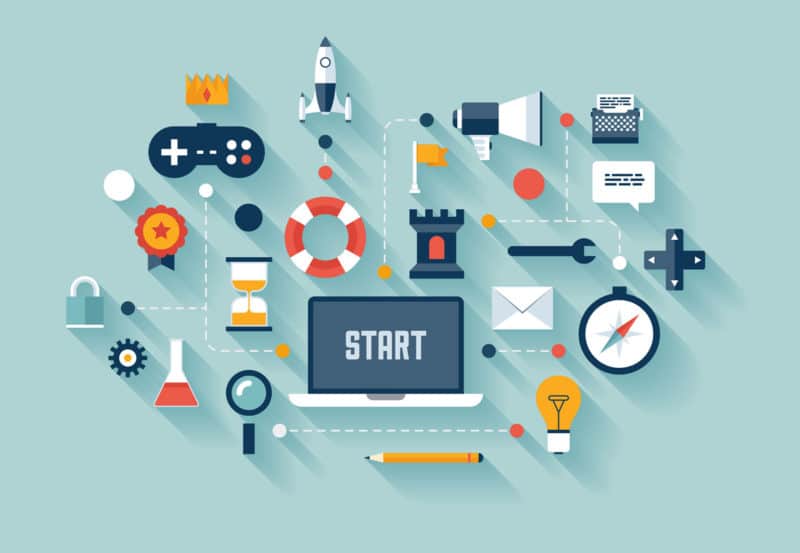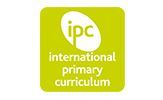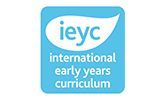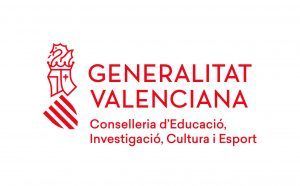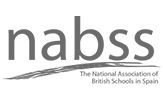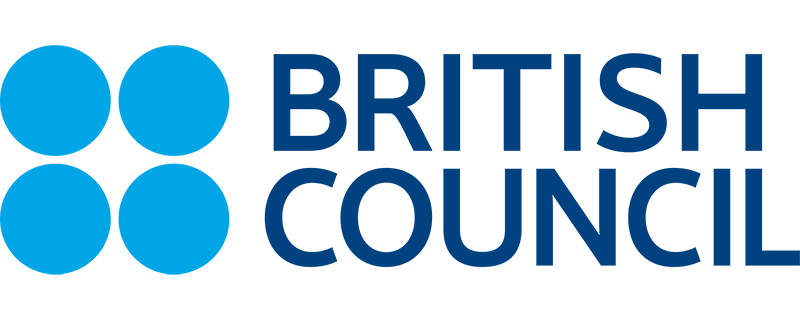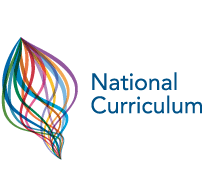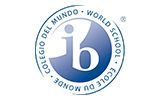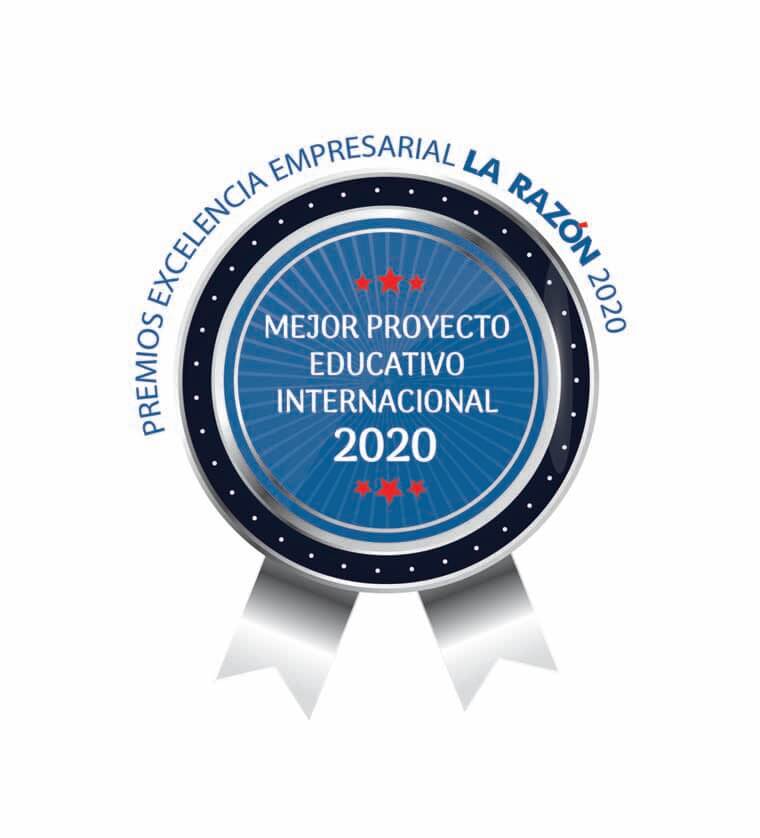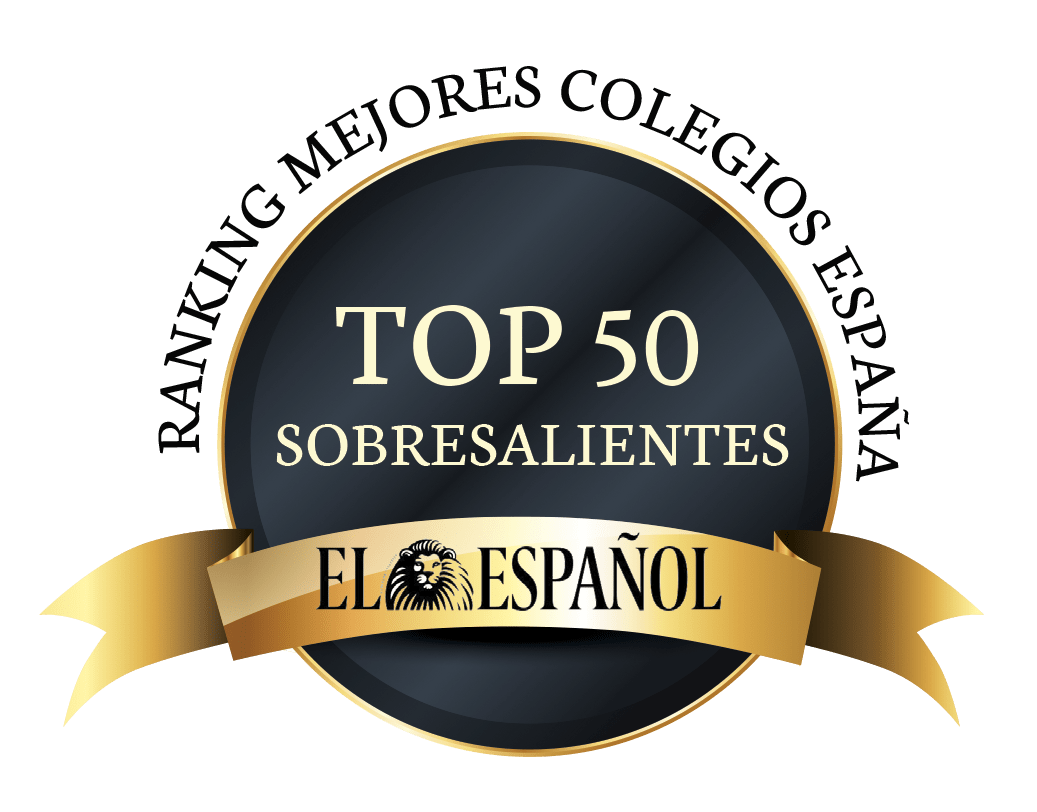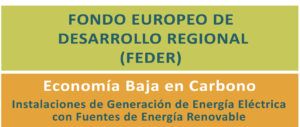Educational Gamification
What is educational gamification and how is it implemented in the classroom?
Educational gamification is a term that is increasingly present in our classrooms. The possibility of maintaining student motivation is reason enough to know what educational gamification is and how it is applied, but in addition, the processes related to gamification have many other advantages.
At Newton College we have developed different educational gamification processes, with which we achieve spectacular results in all educational stages.
What is educational gamification?
Before learning about its application in the classroom, it is important to determine what educational gamification is.
We can define educational gamification as a learning technique based on games and competitiveness, with the aim of achieving better results. Seeing learning as a game allows us to maintain the motivation of students, regardless of the level or educational stage they are at. Educational gamification is suitable from kindergarten to pre-university preparation years.
The characteristics of educational gamification
In relation to the characteristics of educational gamification, it is important to refer to the concept of game.
Obviously, in any learning process there will be an important component of memorisation, daily work at home and, to a large extent, a student assimilates knowledge from lectures based on listening and assimilation, however, there is a series of knowledge that can be both acquired and established on the basis of games and gamification activities.
As we will see below, the characteristics of gamified education focus on the playful part of learning, and a certain competitiveness that helps continuous improvement.
The aim is for students to feel a daily motivation that helps them to improve their performance. Gamification processes, based on prizes and rewards, make students of all levels feel motivated to improve their performance.
Applications of educational gamification
In order to achieve the desired objectives, it is important to apply examples of educational gamification in an appropriate way.
Currently, there are many activities related to gamification that will allow us to boost the performance of students, the following are some of the most effective.
- Points for behaviour: Activities based on the accumulation of points provide extra motivation, awarding or subtracting points for behaviour will involve the student more in terms of their daily attitudes in the classroom.
- Science challenges: The world of science can be the perfect environment for gamification and gamification activities. In our laboratories we continuously develop activities for our students to learn through playful activities.
- Overcoming levels: Education is articulated from different stages, implementing processes with different levels helps to motivate students, and to have a process with which they can measure their progress.
- Rankings with rewards: We usually associate rankings and rewards with physical education activities, however, these types of rewards have been incorporated into other aspects of teaching, as part of gamification processes.
- Daily assessment: The application of educational gamification processes involves a daily assessment of the student’s progress. What we achieve is that their ability to improve is maintained on a daily basis.
The inclusion of technology in a gamified environment
The possibility of including digital devices in gamification processes is an advantage.
Technology makes it possible to better organise prizes and rewards, as well as establishing automated meters and facilitating interactivity with the learner. Currently, there are all kinds of applications and platforms aimed at helping gamification, these supports propose different recreational activities that can be carried out in the classroom, and that generate a competition that keeps the student motivated on a daily basis.
Another advantage of using digital media for the development of gamification games is that they are completely adaptable. Each student can follow their own pace with adapted activities, generating their own environment for each class.
Through video games and interactive activities it is possible to implement digital gamification activities. It is very easy for teachers to monitor the progress of each student and propose educational activities to the class, which increase their motivation.
What are the benefits of educational gamification?
- The main advantage of gamification is the increase in student motivation. Gamification games increase the willingness to learn.
- Students learn to overcome challenges and understand that effort has positive consequences.
- Playing while learning helps to consolidate knowledge that might otherwise require more effort.
- Gamification increases concentration and attention in the classroom.
- It improves academic performance at all levels, because it is the student him/herself who demands constant effort.
- Gamification is also important in establishing and maintaining social relationships.
- The use of digital media encourages good technology practices from an early age.
The learning process at Newton College
At international school of Alicante we base our educational programmes on language learning, our pupils are provided with a multilingual communication oriented environment during the school day, games and gamification activities allow them to improve their skills, not only on the basis of prizes and rewards, but they are also a perfect activity for pupils to interact and put into practice what they have learnt.
In our school we perceive the advantages of educational gamification on a daily basis, we have adequate means so that all classrooms can organise activities of this type, and maintain student motivation.
The school year is starting and at Newton College we are already prepared, our classrooms are ready to receive the real protagonists, our students. Once again this year we welcome you to Newton College, hoping that families, teachers and pupils will continue to work together to offer you the best educational environment.
